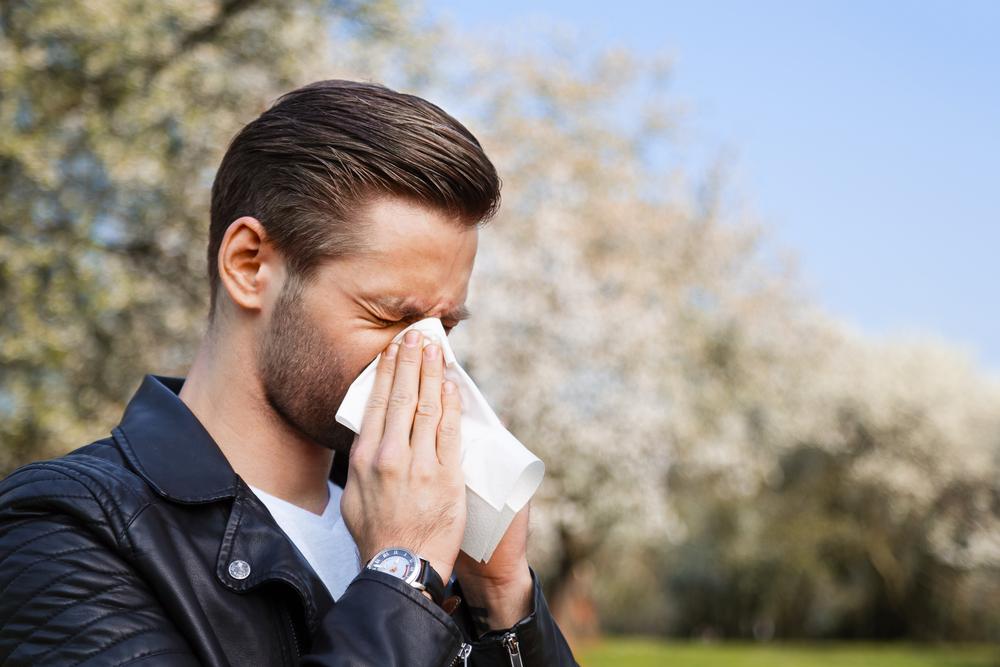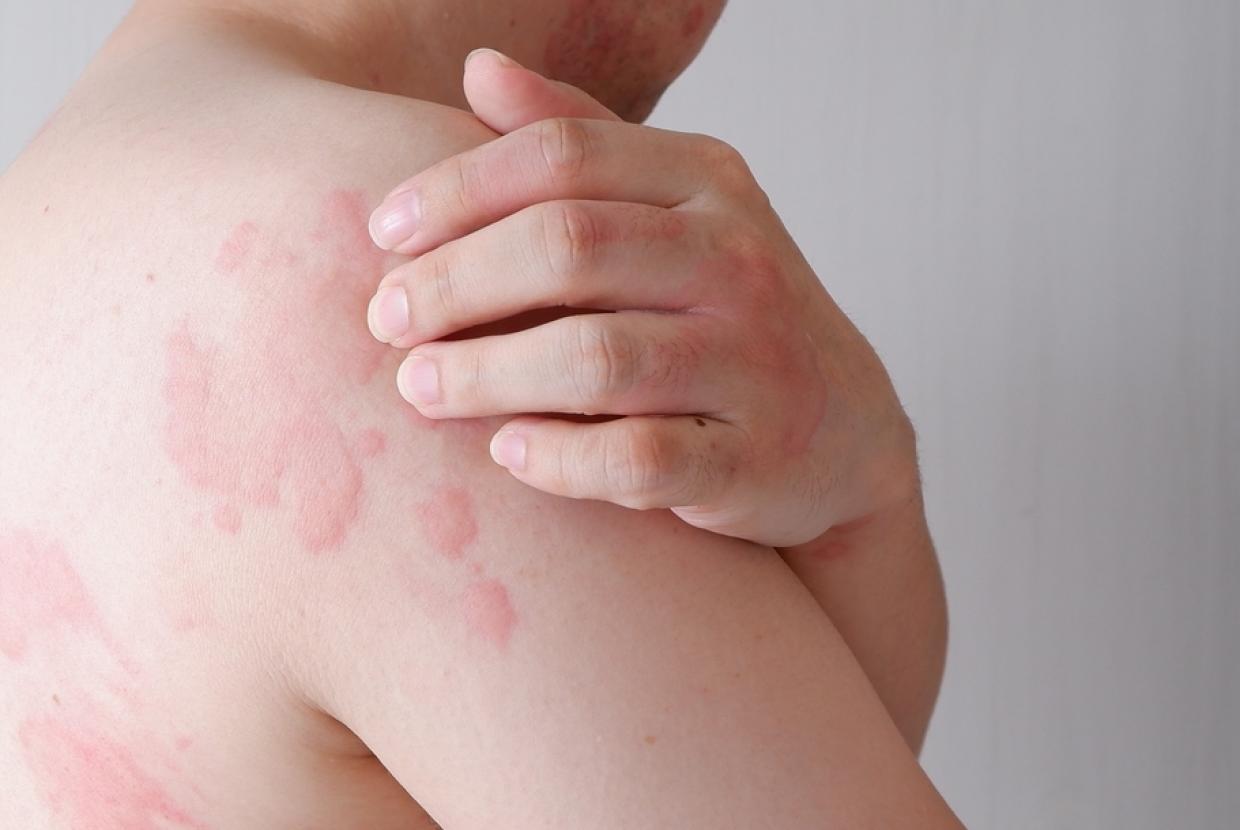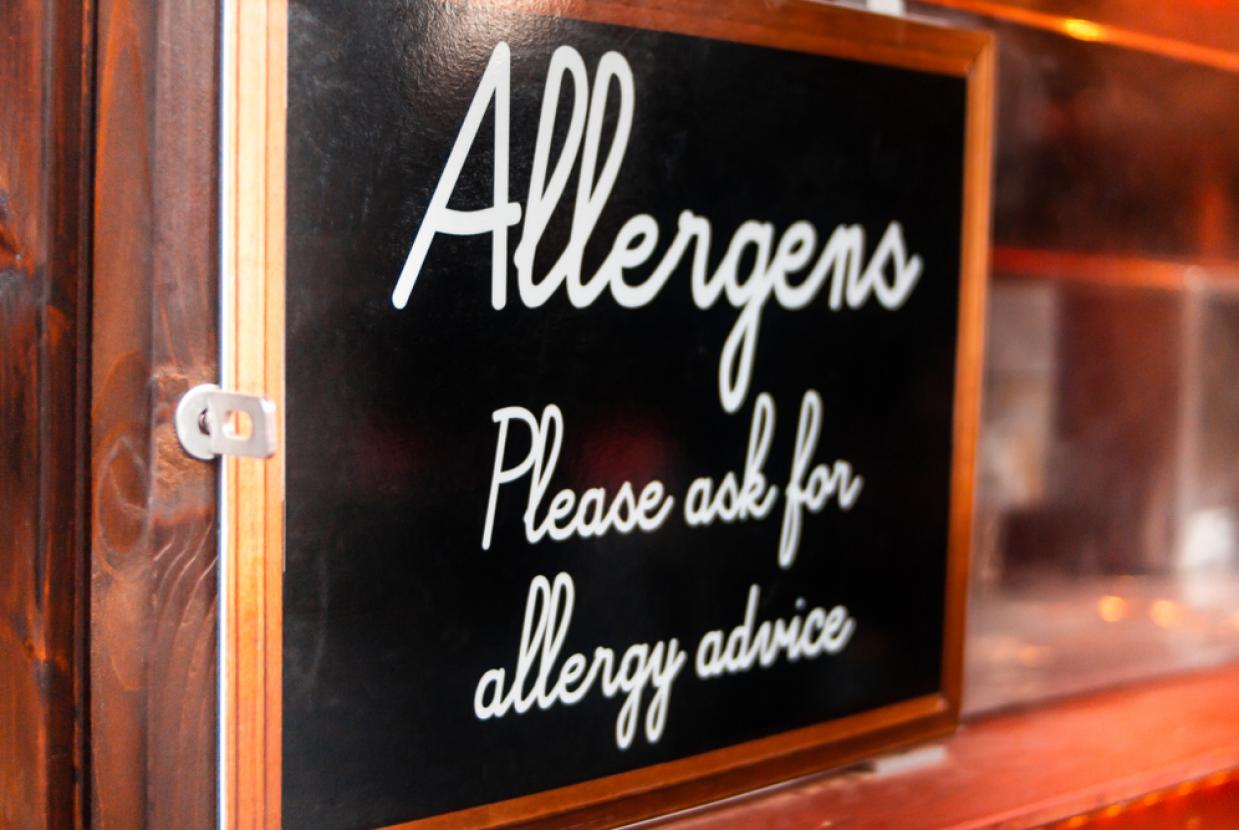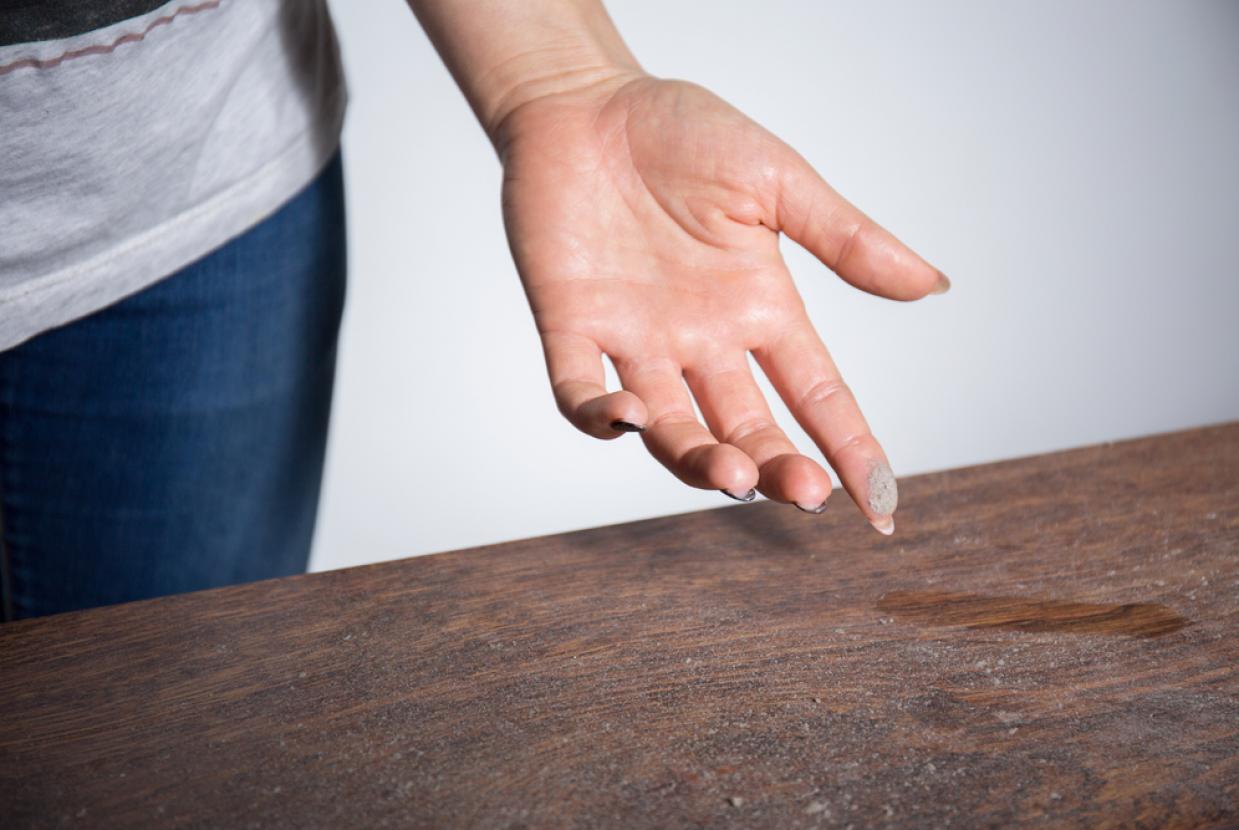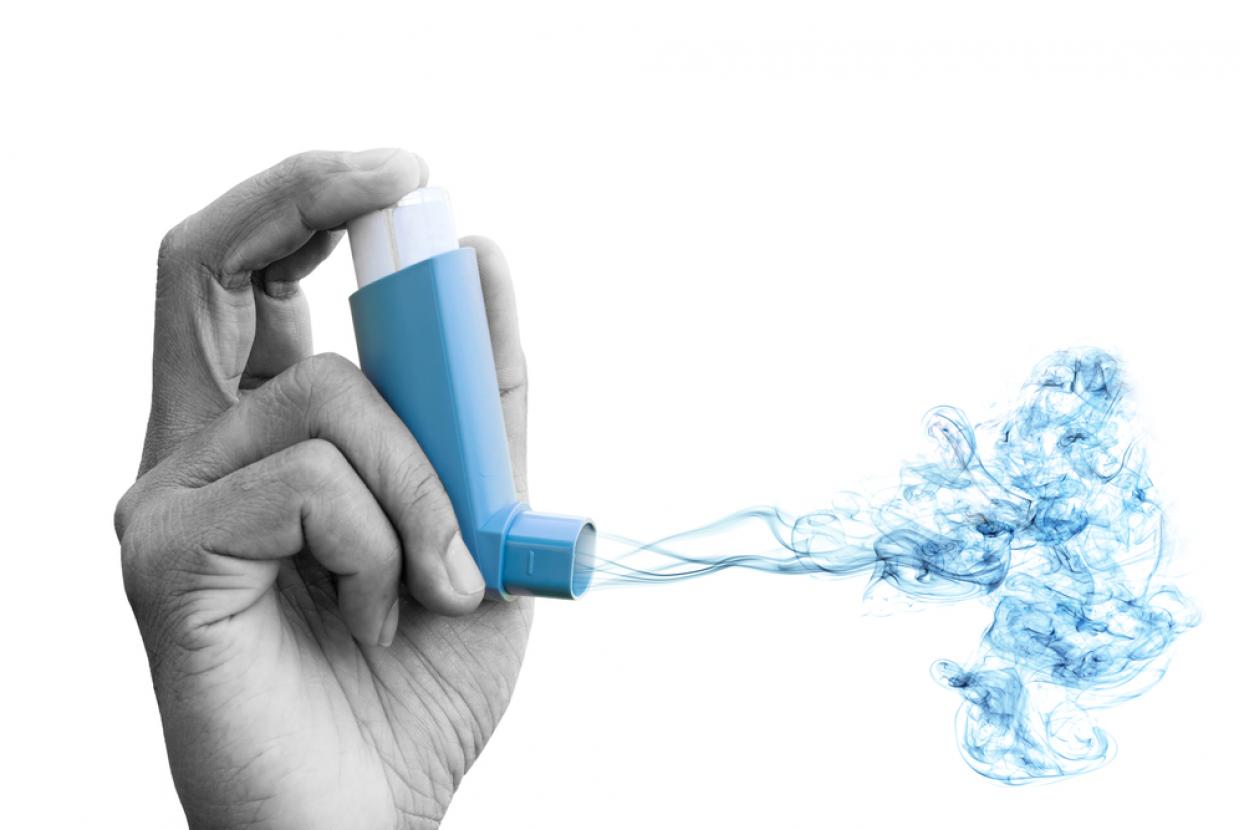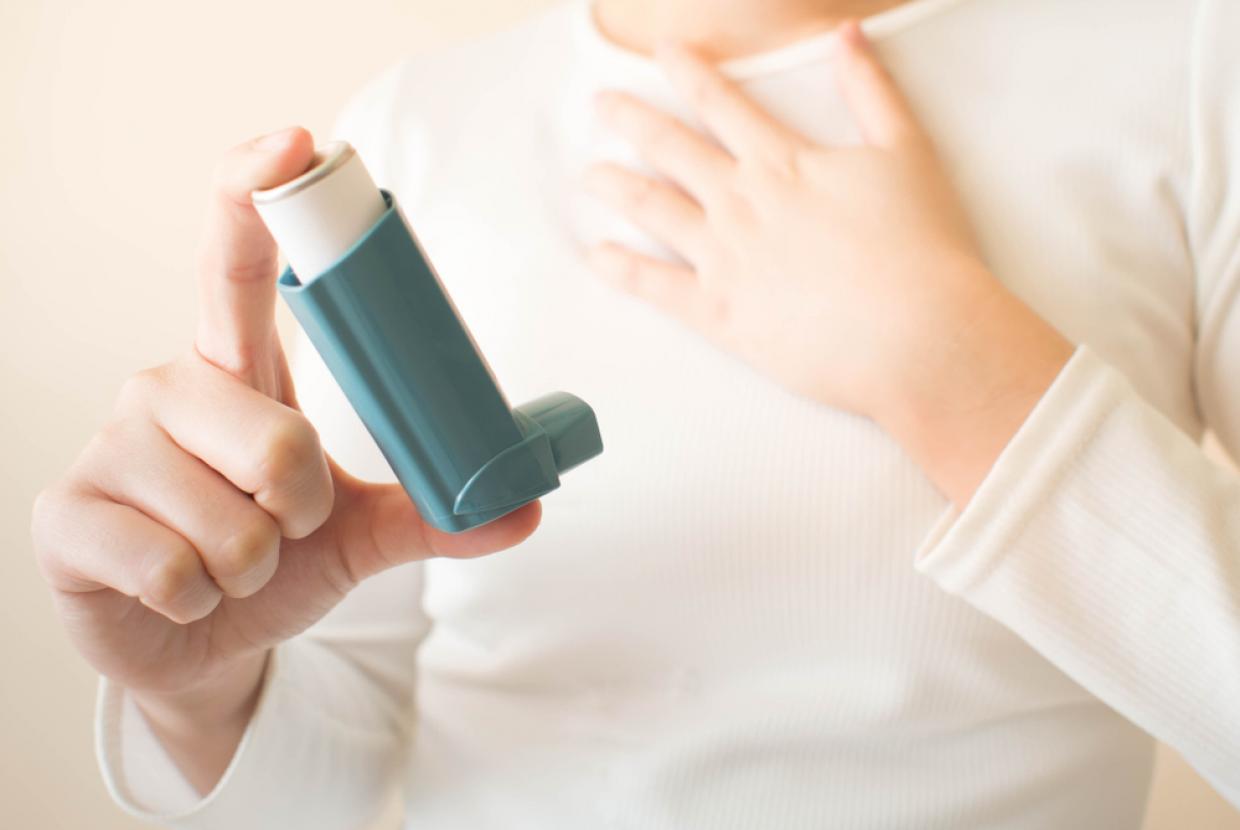Managing Hay Fever
Allergies and AsthmaHay fever, also known as allergic rhinitis, is an allergic reaction that occurs when the immune system overreacts to allergens present in the air. Common triggers include pollen, house dust mites, mould spores, and pet dander. When a person with hay fever comes into contact with these allergens, their immune system releases histamines and other chemicals, causing symptoms such as sneezing, runny or stuffy nose, itchy or watery eyes, itchy throat or ears, coughing and fatigue.
Symptoms of hay fever
Hay fever symptoms can range from mild to severe and may vary depending on the allergen and the individual’s sensitivity. Seasonal allergies, often triggered by pollen, can cause symptoms during specific times of the year. However, some individuals may experience year-round symptoms due to allergens to indoor allergens.
Recognising the symptoms of hay fever and allergic rhinitis is crucial in managing its impact. Common signs and symptoms to look out for are:
- Persistent and frequent sneezing is a common symptom of hay fever. People affected by allergic rhinitis often experience bouts of sneezing, especially when exposed to allergens such as pollen, dust mites, or pet dander.
- Runny or stuffy nose (nasal congestion) can lead to difficulty breathing through the nose.
- Itchy, red, and watery eyes (allergic conjunctivitis) are common symptoms in people living with hay fever. These symptoms can also cause discomfort and sensitivity to light.
- Itchy throat or ears are often accompanied by irritation or a scratchy feeling.
- Fatigue and irritability affecting overall energy levels and mood can often be experienced after prolonged exposure to allergens.
Types of allergic rhinitis
Allergic rhinitis is often categorised into two main categories: seasonal and perennial. Understanding the differences between these types can help identify triggers and manage symptoms effectively.
Seasonal allergic rhinitis
Seasonal allergic rhinitis typically occurs during specific times of the year and is often associated with seasonal allergens such as pollen from trees, grasses, or weeds. Symptoms tend to manifest during seasons when these allergens are prevalent in the air. Hay fever is usually worse between late March and September, especially when it’s warm, humid, and windy. This is when the pollen count is at its highest.
Common characteristics of seasonal allergic rhinitis:
- Symptoms are triggered by outdoor allergens.
- Symptoms occur during specific seasons.
- Allergens like tree pollen in the spring, grass pollen in the summer, or weed pollen in the autumn may cause symptoms.
- Symptoms often include sneezing, runny or stuffy nose, itchy/watery eyes, and itching in the throat or ears.
Perennial allergic rhinitis
Perennial allergic rhinitis, on the other hand, refers to year-round symptoms that occur regardless of the season. This type of allergic rhinitis is usually caused by indoor allergens, such as dust mites, pet dander and mould spores.
Common characteristics of perennial allergic rhinitis:
- Symptoms persist throughout the year.
- Indoor allergens, like dust mites, pet dander, mould, or cockroach droppings, are the primary triggers.
- Symptoms may include persistent sneezing, nasal congestion, itchy/watery eyes, and coughing.
Common triggers for hay fever and allergic rhinitis
- Pollen: Pollen from trees, grasses, and weeds is a significant trigger for allergic rhinitis, especially during specific seasons. Different types of pollen can affect individuals at different times of the year, leading to seasonal allergies.
- House dust mites: These microscopic organisms thrive in household dust, bedding, upholstery, and carpets. Sensitivity to dust mites can lead to year-round allergic symptoms, particularly in indoor environments.
- Pet dander: Proteins found in the skin flakes, urine, and saliva of pets, such as cats, dogs, rodents, and birds, can trigger allergic rhinitis.
- Mould spores: Mould grows in damp areas like bathrooms, kitchens, basements, and areas with water damage. Inhalation of mould spores can provoke allergic reactions in some people.
- Cockroach droppings: Cockroach allergens present in their saliva, faeces, and body parts can trigger allergic rhinitis, particularly in urban areas with high cockroach populations.
- Air pollution: While not an allergen in itself, exposure to pollutants like vehicle exhaust, industrial emissions, and cigarette smoke can exacerbate allergic rhinitis symptoms and increase sensitivity to other allergens.
- Occupational allergens: Certain work environments, such as those involving exposure to chemicals, dust, fumes, or animal proteins, can trigger allergic rhinitis in some individuals.
Pinpointing which allergens are causing a person’s symptoms can significantly improve their quality of life. Avoidance measures, such as minimising exposure to triggers, can help alleviate symptoms, allowing individuals to lead more comfortable and productive lives.
Treatments for hay fever
Management of hay fever typically involves avoiding triggers when possible and using medications such as antihistamines, decongestants, nasal corticosteroids, and immunotherapy in severe cases.
Identifying the differences between seasonal and perennial allergic rhinitis is crucial for effective management. For seasonal allergies, strategies such as avoiding outdoor allergens during peak seasons, using over-the-counter antihistamines, and nasal sprays can help alleviate symptoms. Perennial allergic rhinitis may require measures such as improving indoor air quality, frequent cleaning, using air purifiers and other suitable appliances to help minimise exposure to indoor allergens.
Antihistamines
Antihistamines are medicines often used to relieve symptoms of allergies, such as hay fever, urticaria, conjunctivitis and reactions to insect bites or stings.
Hay fever tablets are also sometimes used to prevent motion sickness and as a short-term treatment for insomnia. Most antihistamines can be bought from pharmacies and shops, but some are only available on prescription.
There are many types of antihistamines. They’re usually divided into 2 main groups:
- Drowsy antihistamines that make you feel sleepy, such as chlorphenamine (Piriton), cinnarizine, diphenhydramine, hydroxyzine and promethazine.
- Non-drowsy antihistamines are less likely to make you feel sleepy, such as acrivastine, cetirizine, fexofenadine and loratadine.
They also come in several different forms – including tablets, capsules, liquids, syrups, creams, lotions, gels, eye drops and nasal sprays. Non-drowsy antihistamines are generally the best option, as they’re less likely to make you feel sleepy. But types that make you feel sleepy may be better if your symptoms stop you from sleeping.
Ask a pharmacist for advice if you’re unsure which medicine to try, as not all antihistamines are suitable for everyone.
Nasal sprays
When allergies strike, nasal sprays can help. There are many different types, and most work faster than tablets. You can buy them over the counter at most supermarkets and pharmacies, or your doctor can prescribe one to relieve a stuffy or runny nose.
Many people don’t realise that using your nasal spray incorrectly can reduce its effectiveness. You can download our handy how to guide to help promote correct use.
Immunotherapy
Immunotherapy, often referred to as desensitisation, is a unique treatment for allergic diseases. It is a well-established treatment reserved for certain severe allergies, such as when someone has had a serious allergic reaction to wasp or bee venom or severe allergic rhinitis that has not been previously controlled by any of the anti-allergy medications tried.
Immunotherapy usually involves the administration of increasing doses of allergen extracts over a period of time, given to patients by injection or drops/tablets under the tongue (sublingual). The house dust mite sublingual tablet, Acarazax, is now licensed and has gone through NICE approval so can be prescribed on the NHS.
Food allergen desensitisation aims to reduce reactivity to the allergen and is done under very controlled medical conditions (currently only available privately), but newer approaches to administration (such as by a skin patch that is worn and replaced) may become available in the future. These types of approaches to food desensitisation are very new and not widely available yet, but it is something to provide hope for in those at risk of severe food allergic reactions.












